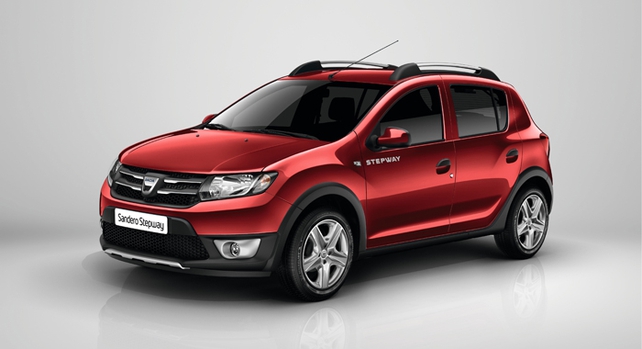Back in the day when people called semi-detached houses names like "Edelweiss" and their dogs names strong names like Rex, their usual option when buying a car was one that drives like the Dacia Duster of today.
Spongy brakes; fluid clutch travel; a propensity to roll heavily in corners; hard to reach switches and an instantly dated feel about most things are to be in a car that defies the modern car market, except when it comes to price. The Duster starts at €16,690, which makes it about forty per cent cheaper than a Nissan Qashqai, which is one of the cars the Duster is making a bit of a "mouse that roared" tilt at. So, it is all about price and, whatever the shortcomings, people are buying the Duster in serious numbers.
The car I drove recently was the Duster Prestige, which means it has essentially the same underpinnings as the basic model but it also has a 50/50 split four wheel drive option. Despite being the top of the Duster range, the Prestige still only costs €21,890 making it by far the cheapest four wheel drive option on the market. And, given that the odd snow flurry is really the only challenge facing far more expensive 4X4's in Ireland, this makes it quite a sensible option.

The Duster is quite an impressive car visually, at least. It has that rugged appearance that has been influenced by Jeep and that manages go eliminate any overly Dinky styling. Flared wheel arches add to the look and certainly give it more of an off-road profile than is managed by, say, the Citroen Cactus. But that's where the feelgood factor fades.
Everything about the car needs to be put in context, from the long-familiar parts, engines and switch gear used in numerous Renault cars and every time I cursed some other frustration about the Duster I needed to remind myself that you get what you pay for.
The frustrations 'though are several. The tiny screen that displays the Bluetooth connection and radio information and, yes, the satellite navigation system because the Prestige actually has one, is so far below eye level as to make it almost redundant. The seats are spongy and soft and not supportive. The driver's seat can be adjusted in height but not when you are sitting in it. The horn is inexplicably to be found by pressing the end of the indicator stalk - another harkening back to the past. The interior plastics and finish are cheap and some prone to wearing quickly. The button for the cruise control is to be found off-left underneath the dashboard and not where it should be -on the steering wheel - for the least distraction.
The steering is vague and even unsettling. The handling is loose and unnerving when the car is pushed into corners and the ride can be bumpy.
The 1.5 diesel is adequate but it is noisy. In fact, the whole experience in the Duster can be noisy and I struggled to locate an irritating rattle from the dashboard, which was caused by loose fitting in the off-side corner. Consumption was quite good, given the relative weight of the car, and came in at 6.0 litres per 100 kilometres (or about 47 MPG in old money) for a good mixed set of driving conditions.
The Prestige comes quite well equipped but you won't find the sat nav, the air conditioning, the on -board computer, the parking camera or other items of equipment on the entry-level model, which is priced at €16,690. But you do get traction control, anti-lock brakes and stability control. Whichever model y9ou choose, you will also have to pay €100 for a space-saver spare wheel.
The Duster does what it says on the tin and a colleague who uses one off-road quite regularly says it has'nt let him down. If you think you can live with the lack of refinement and yet-to-be-proven re-sale value and money is the key determining factor then it is certainly worth consideration.

